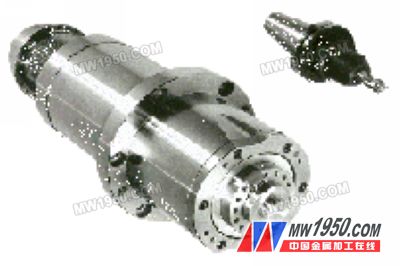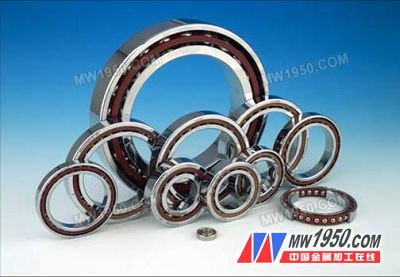As an important part of the mechanical equipment industry, the machine tool industry plays a decisive role in the development of the entire national economy. According to statistics, in general machine manufacturing, the processing workload of machine tools accounts for 40% to 60% of the total manufacturing workload. Therefore, the development level of the machine tool industry is usually a sign of a country's industrial development level. With the development of modern manufacturing industry, customers are increasingly demanding industrial machine-machine tools. At present, the continuous emergence of new materials, new processes and new equipment has brought many challenges to the processing capability of machine tools. In order to satisfy the processing of the above-mentioned structural parts, modern machine tools are facing "high speed, precision, compound and intelligent". The direction of development. With the deepening of China's industrial structure upgrade, the machine tool industry also shows the trend of upgrading industrial structure, that is, the proportion of CNC machine tools is gradually increasing. In the field of numerical control, the proportion of high-end CNC machine tools (such as heavy-duty machine tools, intelligent machine tools, etc.) is also rising. Heavy-duty machine tools are mainly used for national energy (thermal power, hydropower, nuclear power, wind power), shipbuilding, engineering machinery, metallurgy, aerospace, military, transportation (railway, automobile) and other major industrial pillar industries as well as national key projects. National key projects provide a broad market for heavy-duty machine tools. This article focuses on how to select the type of bearing used in the machine tool for spindle bearings and turret bearings. First, the spindle bearing As the key component of the machine tool, the spindle (see Figure 1) directly affects the parameters such as the rotation accuracy, rotation speed, rigidity, temperature rise and noise of the machine tool, which in turn affects the machining quality of the workpiece, such as the dimensional accuracy of the part and the surface roughness. Degrees and other indicators. Therefore, in order to maintain excellent machine tool processing capabilities, high-performance bearings must be used. The accuracy of the bearings used on the machine tool spindle should be ISO P5 or higher (P5 or P4 is the ISO accuracy level, usually from low to high P0, P6, P5, P4, P2), and for high-speed CNC machine tools, machining centers, etc. For high-precision machine tool spindle bearings, ISO P4 or higher accuracy is required; spindle bearings include angular contact ball bearings, tapered roller bearings, and cylindrical roller bearings. Precision angular contact ball bearings Among the above types of bearings, precision angular contact ball bearings (see Figure 2) are the most widely used. We all know that the rolling element of an angular contact ball bearing is a ball; because it is a point contact (distinguished from the line contact of the roller bearing), it can provide higher speed, smaller heat generation and higher rotation. Precision. In some ultra-high-speed spindle applications, hybrid bearings with ceramic balls (typically Si3N4 or Al2O3) are also used. Compared with the traditional fully hardened steel ball, the ceramic ball material itself gives the ceramic ball bearing the characteristics of high rigidity, high rotation speed, high temperature resistance and long service life, so as to meet the demand of high-end customers for machine tool bearing products. In terms of the contact angle of the angular contact ball bearing, the contact angles of 15? and 25? are currently popular; usually the contact angle of 15? has a relatively high rotational speed performance, and the contact angle of 25? has a high axial direction. Carrying capacity. Because the preload selection has a great influence on the application of precision angular contact ball bearings, for example, in high load bearing and high rigidity, medium or heavy bearing preloading is generally used; for some high speed and high precision applications. In the early selection of bearings, we need to pay attention to choose the appropriate preload, generally light preload is more common. The preload is generally divided into three types: light, medium and heavy. In order to facilitate the use of customers, the world's major bearing manufacturers generally provide pre-grinded bearing end faces and preloaded bearings, which is what we usually call universal matching precision. Angular contact ball bearing form. This type of bearing eliminates customer preload regulation and saves installation time. Jilin Yidao Technology Co., Ltd , http://www.opticsqm.com
Figure 1. Machine tool spindle 
Figure 2. Precision angular contact ball bearings Previous page 1 2 3 4 5 Next page